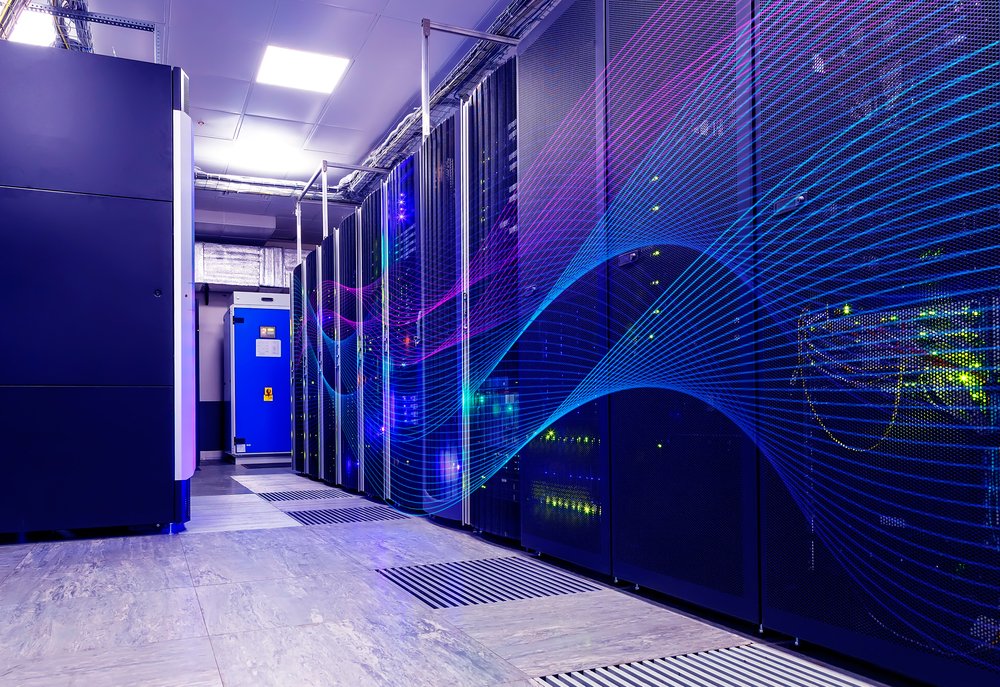Supercomputers have been one of the more exciting technological developments we have seen in recent years. More specifically, it has become evident there is a global race underway to build the world’s fastest supercomputer. Following a major upgrade, Japan’s Gyoukou system is now ranked fourth overall. Not too long ago, this machine was in 69th place. Its nearly 20 million cores pack some serious punch; that much is evident.
The Gyoukou Supercomputer is a Powerful Beast
When it comes to building a supercomputer, most people would assume this race was limited to just a few countries. China, the US, Russia, and even Japan are countries that come to mind when thinking about this concept. Looking at the top 500 rankings, it is evident this industry has become a lot larger than most people would expect. While there are some interesting names on the list, there is one thing that becomes obvious right away.
Contrary to what some Americans would expect, the United States supercomputer is not among the top 3. In fact, the country’s top supercomputer, Titan, is now in the 5th spot. That’s not necessarily the position the US wants to be in; that much is certain. Japan’s Gyoukou system overtook Titan this week thanks to its new upgrade. It is evident there are some big differences among the various machines comprising the top 500.
One thing Gyoukou has going for it is nearly 20 million cores. That sounds like a lot, mainly because it is a spectacular number. Most current home computers have two or four computer cores. Supercomputers are not designed for home use, mind you, but it shows there has been significant progress made in this regard. It is always interesting to see how different engineers attempt to make their creations more powerful. This massive boost in performance on the part of Gyoukou will not go unnoticed; that much is evident.
Even though this machine has nearly 20 million cores at its disposal, they aren’t all running at the same time. Most of the PEZY-SEC2-chips only use 1,984 of their 2,048 cores to improve the overall yield. Moreover, they are clocked at lower speeds, as using their maximum potential for an extended period of time would result in severe instability. It is also worth mentioning that this entire system houses 1,250 XEON D-1571 processors, which together add 20,000 cores to the total number.
While it may almost sound as if the ceiling has been reached for this computer, it can still be upgraded. Gyoukou’s new architecture uses a brick of 32 different modules. Sixteen of these bricks can be placed in an immersion tank to cool everything off. This is done using what’s known as Fluorinert Electronic liquid, rather than regular water or air cooling. Gyoukou currently uses 20 such immersion tanks – and thus 10,240 modules – but there are 26 available in total. These allow some room for future upgrades, should the team wish to further expand their machine’s capabilities.
It is pretty remarkable to see the United States having fallen behind pretty quickly in the race to build the world’s fastest supercomputer. The next semi-annual rankings update may look very different from what we have in front of us right now. China has over 200 supercomputers among the top 500, whereas the US has 143. This is a very competitive industry where changes and updates are developed and integrated at a very high pace. It will be interesting to see which other countries will make a meaningful impact in this area over the coming years.

